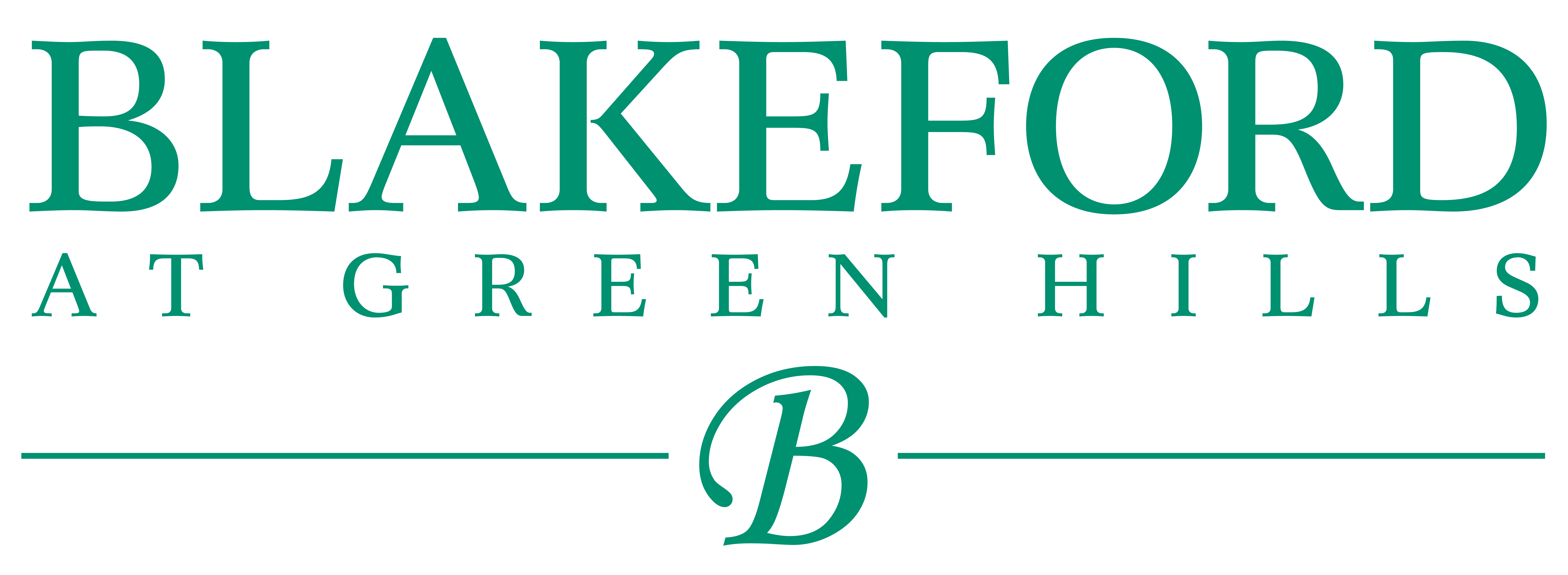by Gayl Mileszko
The holidays are upon us so this is the last full trading week of December and our last market commentary of 2020. We sigh because this year on the trading desks there is none of the usual cheerful talk about travel plans, baby gifts, and family gatherings. In fact, the trading desks are vacant as they have been for the last 10 months. Like others in so many industries, our fixed income traders have been hard at work in home offices in New Jersey, Massachusetts, Florida, North Carolina and Virginia, communicating by Skype and cell phone, email and Bloomberg, Webex and landlines for most of the year. Like our banking, sales, and operations teams in Connecticut, Texas, Pennsylvania, Maryland, Illinois, Minnesota, California and Puerto Rico, they have juggled busy work and home lives without missing a beat in serving our valued clients thanks to their professionalism and our marvelous tech staff. And, like the rest of us, they are united in their desire for the next two weeks to be joyful and peaceful ones, grateful for the opportunity to count blessings with loved ones and count down to a brand new year, a turnaround year for our economy and the people, businesses, schools, institutions so badly hurt by the pandemic.
In Washington, these are the final days of the 116th Congress, a lame duck session. As is typical for this time of year, lawmakers are late in trying to hammer out the details of the $1.4 trillion omnibus government spending bill for the fiscal year that began on October 1. They are also moving toward an agreement on that frustratingly elusive second stimulus to bring relief and some measure of comfort to small businesses and non-profits, the unemployed, those in health care and education, and all in need of vaccinations. Main Streets are quiet, pedestrians and decorations are sparse. Households are advised to limit holiday celebrations, order gifts on-line, reinvent caroling, and Zoom with Santa. It is only on Wall Street where things jingle as the Fed-fabricated Santa Claus rally which began in late March is still underway.
This has been a year like no other. The world experienced its first deliberate policy-induced recession in a concerted effort to suppress the spread of a virus. Governments took control over almost every aspect of life and corner of the world. There have been tragic losses. As the brightest minds, the largest dollars, and highest priorities have been devoted to finding treatments and vaccines, negative rates continue to dominate global markets, and government borrowing has risen to mind-numbing levels. But U.S. stocks and bonds have had a wonderful life. The usual correlations are askew and returns disconnected from the reality experienced by billions around the globe. Central banks have opened wide all the money spigots. Their massive asset purchases have created some artificial markets. The Bank of Japan, for example, has become that country’s largest single owner of equities. Here, the target federal funds rate was lowered from the target of 1.50-1.75% at the start of the year to 0.00-0.25% on March 16 and appears likely to remain in that range for several more years. Our Fed has been buying $80 billion a month in Treasuries and $40 billion in mortgage securities since June. Within a very short period, they created and ran 11 new funding, credit, liquidity and loan facilities supporting everything from commercial paper to corporate and municipal bonds to foreign monetary authorities. As a result, market confidence has soared and new issuance and performance records have been set and re-set.
At this writing, the Dow has risen more than 4.6% this year to surpass 30.000. The S&P 500 is up nearly 13% to 3,647. The Russell 2000 has gained almost 15% and stands at 1,913. The Nasdaq has been the biggest winner at 12,440 with gains of more than 38%. More than $140 billion has been raised in nearly 400 initial public offerings this year, exceeding the last full-year high in 1999 during the dot-com boom. Volatility has flared and abated throughout 2020 on lockdown, vaccine, election, Fed, and stimulus news. The VIX currently stands at 24.72 after starting the year at 13.78 and hitting a high of 82.69 on March 16. In the commodity markets, oil prices have fallen 23% from early January but have now steadied in the $47 range after sinking to the unheard of negative $37.63 on April 20. Gold prices are up 20% this year to $1,828 but rose as high as $2,060 on August 6. Bitcoin is among the year’s biggest winners, having advanced 167% to $19,135.
In the bond markets, debt issuance has surpassed expectations and smashed records. With interest rates at historic lows and liquidity needs at all-time highs, issuance has soared. Investment grade companies have sold about $1.7 trillion in the primary market, a new record. High yield corporate debt sales have exceeded $428 billion. Municipal bond issuance at roughly $425 billion will likely exceed the records set in 2007 and 2016. In the global flight to safety, investor demand for short Treasuries brought yields to new lows. When adjusted for inflation, many yields turned negative. The 3-month Treasury yield stands at 0.08%. The 2-year yield has plunged 93% from 1.56% to 0.11%. The 10-year Treasury yield at 0.89% has been cut in half and since the start of the year. A new 20-year Treasury bond began trading on May 21 and currently yields 1.47%. And the 30-year yield is down 32% from 2.38% to 1.62%. In the corporate bond market, 10-year BAA rated bond yields have fallen 100 basis points to 2.70%. In the tax-exempt space, mutual funds have seen inflows of $31.1 billion and muni ETF’s have taken in $13.1 billion. AAA muni benchmarks have all toppled more than 70 basis points. The 2-year MMD has fallen by 86% to 0.14%, the 10-year is down 51% to 0.70, and the 30-year at 1.38% is 34% lower than where it began the year at 2.09%.
Years from now, when rates eventually rise, we look back and marvel at the low rates available to borrowers and the miniscule yields confounding investors from households to mutual funds, life insurers, banks and foreign buyers. Last week, the Puerto Rico Aqueduct and Sewer Authority was able to sell $1.37 billion of non-rated bonds at a premium to yield 4.15% in 2047. New York’s JFK International Airport sold BBB rated bonds for the Terminal 4 project yielding 2.11% in 2042 last week. Scholarship Prep Schools in California sold non-rated bonds at 5.00% in 2060. The University of Connecticut just issued $279 million of A1 rated bonds yielding 1.69% in 2041. HJ Sims brought a $30 million financing through the Westchester County Local Development Corporation for The Knolls continuing care retirement community in Valhalla that we structured with noon-rated bonds due in 2055 priced at a premium to yield 4.90%
Investors who have been in the market all year have done very well across asset classes. On top of all the gains in the equity market, U.S. Treasuries are up 8.28%, high yield corporates 4.2%, investment grade corporates 9.3%, convertibles 44.3% and preferreds 5.1%. Municipal bond indices are up 4.99% and within the muni sector, taxable bonds are up 11.52%, and hospital bonds are returning 6.05%. High yield munis are up 4.48% and are likely to be among the stars of 2021.
Before the year comes to a close, we have the 13th and final Federal Open Market Committee meeting of 2020, data releases on retail sales, housing starts, home sales jobless claims, inflation, spending, consumer sentiment. We approach the end of 2020 with sadness over coronavirus losses and angst over the damage wrought on our nation. There are 10.7 million unemployed, and 17 million behind on rent and mortgage payments. Just two months into the new fiscal year, our federal deficit totaled $429.3 billion. The national debt at $27.4 trillion amounts to $218,704 per taxpayer. U.S. corporations owe more than $10.5 trillion to creditors in the form of loans or bonds. Household debt stands at $14.35 trillion.
But we end on a merry note, with the hopes of millions resting in small doses as one vaccine is being delivered to hospitals and nursing homes, and another one is nearing FDA approval. We will be back in a few weeks to take a look at the some of the market-moving trends carrying us into 2021. For now, all of us at HJ Sims simply wish you and yours a joyful holiday season with all the comforts of home and family, and only healthy and successful days in the new year.







